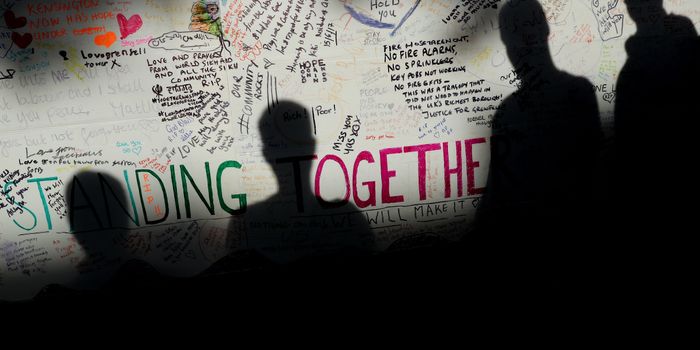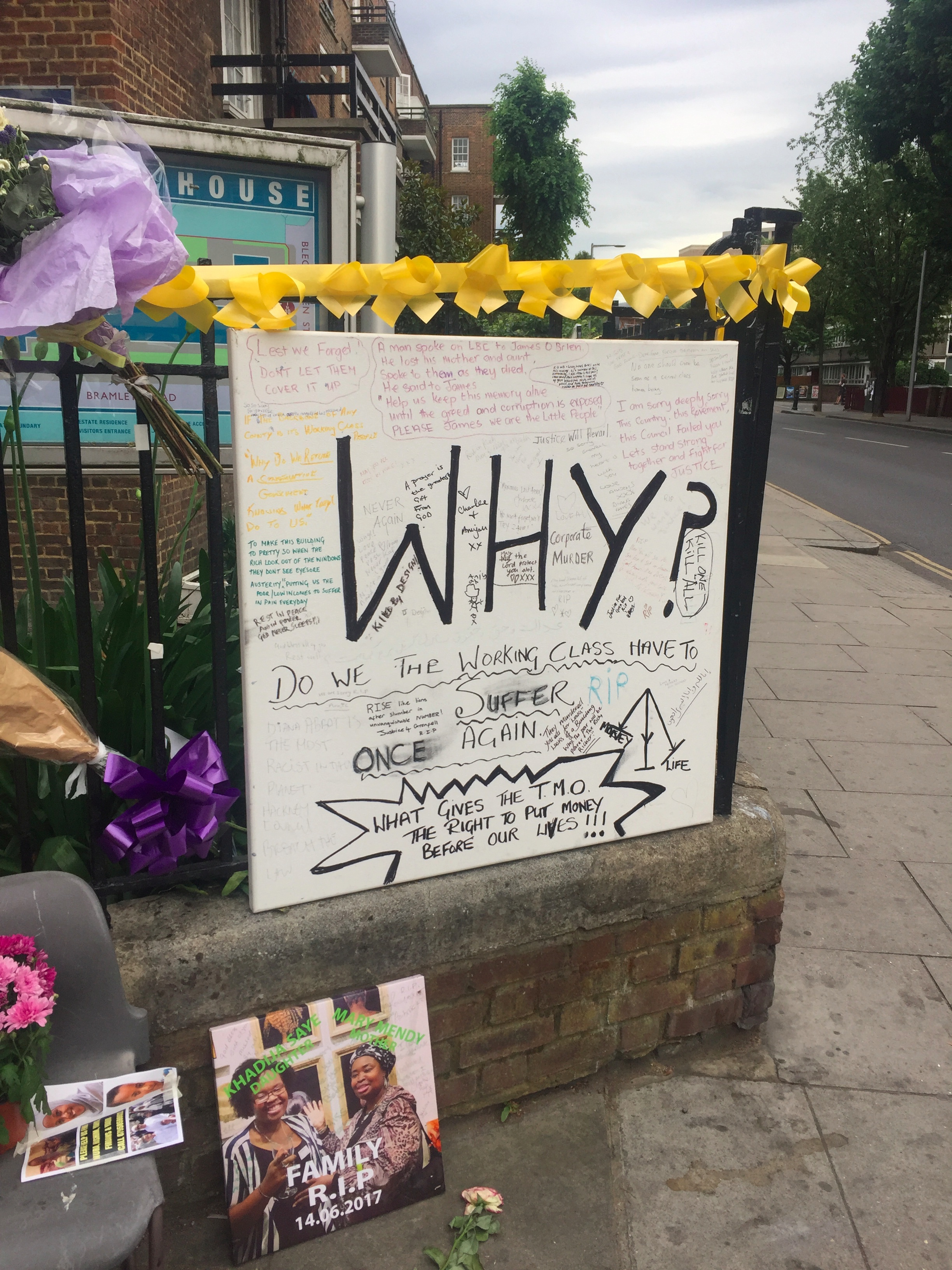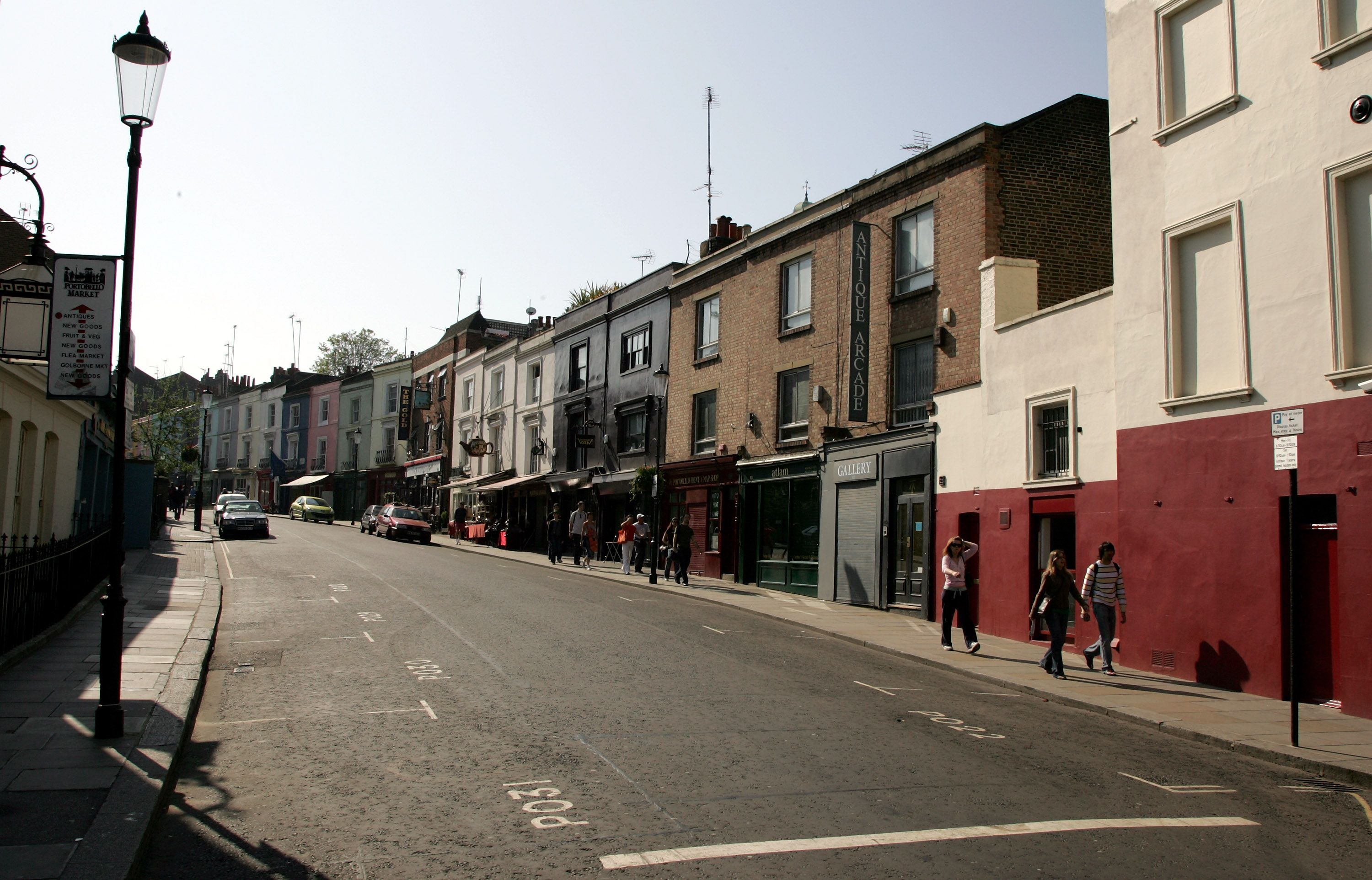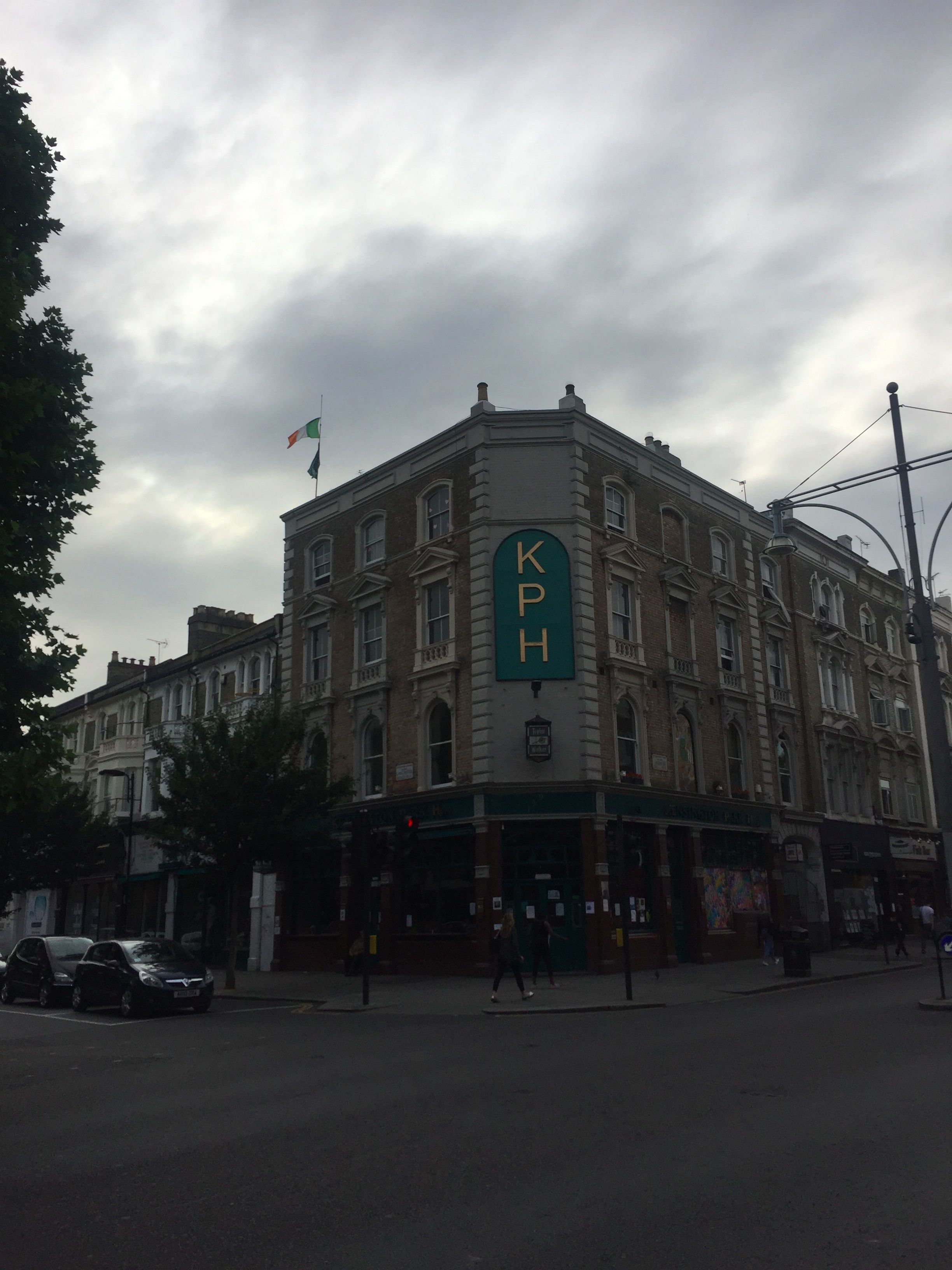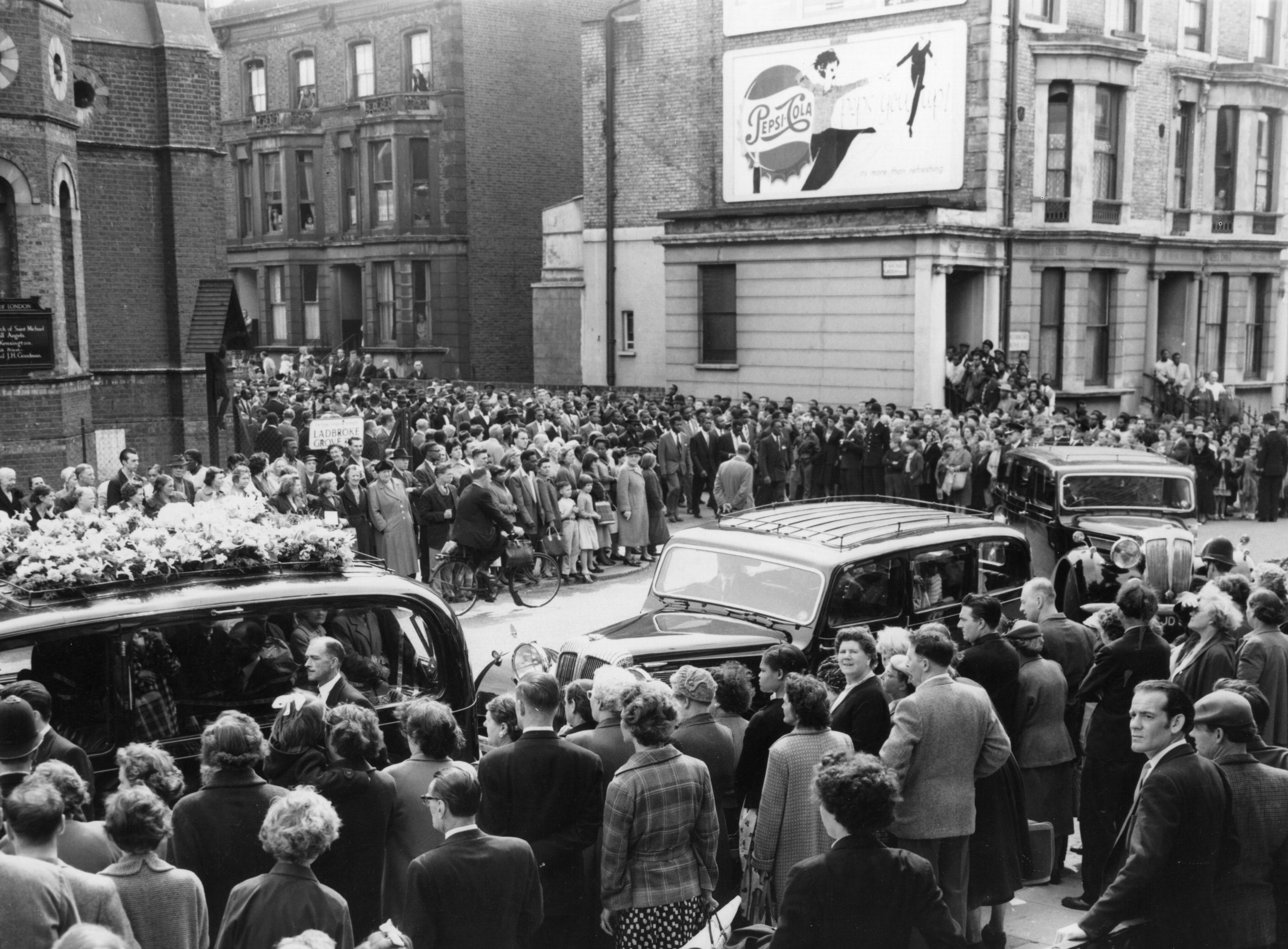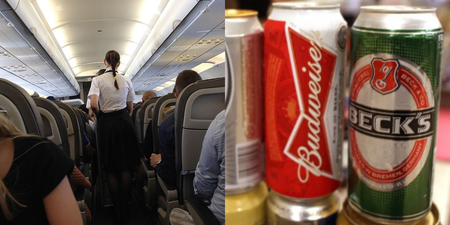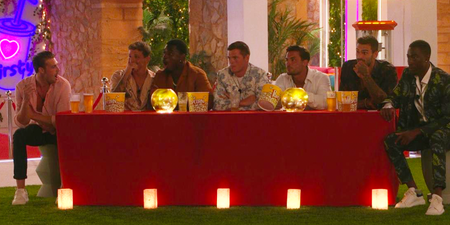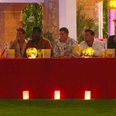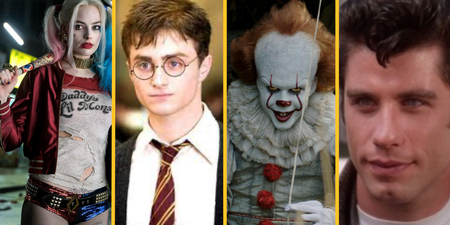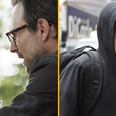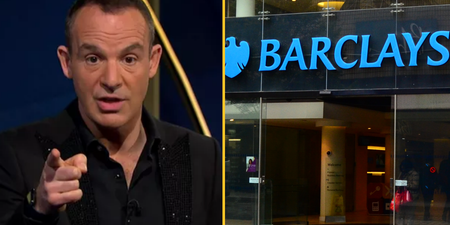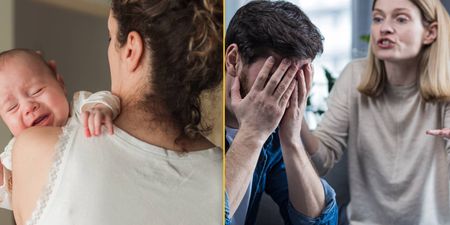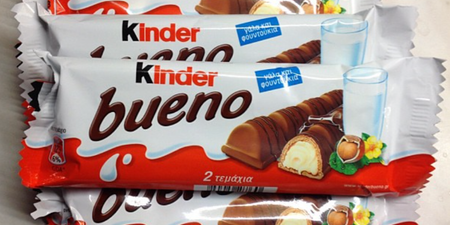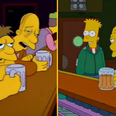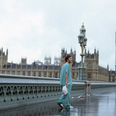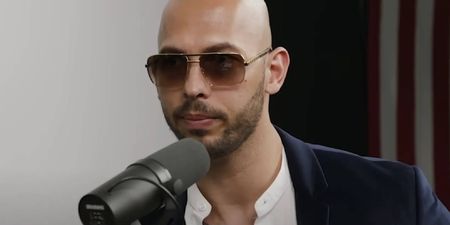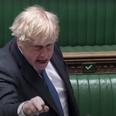“We’ve fucked it all up.” The man sat outside a restaurant in west London on Monday night and everything felt wrong. The city had been good to him, but now something was changing. Less than a mile away Grenfell Tower, black and full of unknown dead, stood as the exclamation to finish his point.
The pincer jaws of Brexit and Grenfell Tower may come to define Britain in the modern era. One represents the surrender to irrational forces, while the other may be a story of how it became impossible to sustain a world containing extremes. Maybe, in fact, they are the same story.
There were signs this week that the struggle for justice at Grenfell may yet be long and tortuous.
Theresa May had said that the inquiry into the disaster would “leave no stone unturned”, but on Thursday, the judge heading the inquiry, Martin Moore-Bick, said he wasn’t sure the scope would be as broad as the residents hoped.
It may yet depend on what you define as a stone and what you describe as turning.
Later that evening, the Royal Borough of Kensington and Chelsea’s meeting to discuss the fire was abandoned when the media arrived. The leader of the council Nick Paget-Brown resigned on Friday following a rebuke from Downing Street about cancelling the meeting.
These relentless missteps by the council may have revealed inadequacies to the wider world that the local community was aware of for a long time, but they also illustrate that goodwill alone will not be enough in this battle.
For those who live in Ladbroke Grove, the news cycle may move on, but their focus will remain the same. From the first day, this has been a story about a community which won’t stop fighting, because this was a neighbourhood that was fighting and protesting long before people died in the high rise building.
“If they think they’re going to shut us up or that we’re going to go away, they’ve picked the wrong community,” Yvette Williams of the Justice for Grenfell group says.
In the streets around Grenfell Tower, there is almost universal anger at the ongoing failures. These encompass the spectacularly inept like the council meeting debacle, and the depressingly harmful like the story that emerged on the same day about the company who manages Grenfell changing the locks on a community centre which was providing art therapy for children affected by the tragedy.
All of this brings to the surface the anger about the number of dead and the stories of mismanagement of the homeless. The council will rebut some of these claims, but still they come. On Friday, one local resident told me that she knew of a person who lived in Grenfell Tower whose rent had been debited from her account this week, despite now being put up in a hotel.
As you wander around Ladbroke Grove, Grenfell Tower comes in and out of view and you see it with a shudder. Or you will be walking along and notice that someone’s gaze has suddenly moved away from eye level and is lingering instead on the mid-distance where the haunting building stands.
I lived in that part of London for 20 years and played football under the tower many times, without every paying it much attention. But for some, Grenfell may have been an eyesore. Its refurbishment three years ago was intended to improve its energy efficiency and also its appearance. The cladding which was used in that refurbishment may well have helped spread the fire into its lethal and devastating form.
Now it has become a macabre landmark, and to many a metaphor for all that is wrong with society.
When there is a terror attack – when what is always called our ‘way of life’ is attacked – things quickly return to normal. But maybe it is harder to go back to normal after Grenfell, when many feel it was the way of life which killed these people, or may have contributed to them being unsafe in their high rise accommodation.
The tragedy of those who died in Grenfell – and even the most restrained and least prone to conspiracy theories around Ladbroke Grove believe the total will double – may bring change.
There is a sense that what the disaster said about the city will have an effect, but only to remind people that decadence not only means excess and self-indulgence, but decay.
“We’ve killed the golden goose,” the man outside the restaurant said. If Brexit signalled a country detaching itself from reality in pursuit of fantasy, Grenfell was the moment when the reality was exposed as unbearable as well.
Already there is a sense in London that things are changing. The general election was a sign of that anger and Grenfell has accelerated the process, even if it is too late for the people who lived and died there.
One developer told me how for years it was possible to wriggle out, through viability studies, of the commitments to affordable housing which are set as a condition for many large developments going ahead.
Before the 2015 election, there was concern that if Labour won, there would be less room for manoeuvre, but things then continued as normal when the Conservatives claimed a surprise majority. Now there is no normal anymore.
There is one council in London where it is said the developers’ usual attempts to explain away the affordable housing requirements are no longer being listened to. The council wants what it wants and the developer has to give it to them.
In the past, there might have been a temptation to sit it out and see how long the councillor driving this measure lasts, but now there is a fear of something worse from the developers’ point of view. Nobody knows what’s going to happen next: Jeremy Corbyn could be in power in two years’ time.
So the housing crisis may be the overarching story of Grenfell for the simple reason that it is the overarching story of living in any modern city.
In the meantime, there will be a search for justice. In the streets around Grenfell, a different spirit has achieved prominence. It is not a new resistance, because they’ll tell you here that they always fought. Now the fight is bigger and even more profound.
“People in this community aren’t holding their breath for change. We don’t think the nightmare is over,” Toby Laurent Belson of the Justice for Grenfell group says.
The banner as you approach the tower also says ‘Justice for Grenfell’. Another hanging from a stairwell asks people to stop taking photographs and allow people to grieve. It doesn’t seem right to take pictures. As one local woman said, Grenfell Tower is a ‘crematorium’.
All around it, there are the posters of the missing, the signs offering counselling and therapy and the calls to action. This is a place which understands a call to action.
“We have a history of campaigning in this community,” says Williams. In 1971, the Mangrove Nine were put on trial following a protest against police attempts to close the Mangrove restaurant on All Saints Road. The Mangrove was a restaurant set up by civil rights campaigner and Trinidadian community activist Frank Crichlow. As well as being frequented by the black community, its regulars included Jimi Hendrix, Bob Marley, CLR James and Christine Keeler. Or it was, as the police described “a haunt of criminals, prostitutes and ponces”.
It was raided many times and a protest against the police heavy-handedness resulted in the Mangrove nine facing trial on charges including incitement to riot. When they were cleared, the judge said there was ‘evidence of racial hatred on both sides’, a statement which had a profound effect of race relations.
In this part of London, the Irish, the West Indians and other immigrants found a way of getting on. It became a place artists and musicians were drawn to, as well as the bohemians and aristocrats who accompanied them in search of a good time.
“I’ve lived here for 34 years and I wouldn’t live anywhere else,” Yvette Williams says. “It’s multiracial where everybody gets along, it’s a unique community.”
Today, Ladbroke Grove has changed, but while the bankers and politicians have moved in, the old communities remain as well. They will be supported by many among the more comfortable, lawyers and architects who have been appalled by the disaster and are committed to working with the people of Grenfell Tower. This is a community that won’t be fobbed off and which knows its way around the system.
On the corner of Ladbroke Grove and Lancaster Road, there was the Kensington Palace Hotel or KPH. Stan Bowles and Phil Lynott drank together in there when Lynott promised to give Bowles the rights to Thin Lizzy merchandise. Bowles never took him up on his offer. The KPH served the community for many years and was known by some as ‘Keep Paddy Happy’. It has an uncertain future. The pubs like it along Ladbroke Grove have nearly all gone as they have across London. The Earl Percy, where it wasn’t unusual to see a priest in a cassock sitting at the bar on a Monday night, is now a hotel while many others have also disappeared, but the people haven’t gone away.
On these streets, too, the guys who came up with the smart idea of holding an in/out referendum on Europe lived. You could see David Cameron walking around Portobello Road on a Sunday morning. The day after Theresa May became Prime Minister and sacked George Osborne, the former leader and the former chancellor had coffee in the Portuguese cafe Lisboa on Golborne Road.
But another atmosphere has always prevailed in this part of west London which has always distinguished it from Chelsea and places to the south.
immigrants came and settled there, not always easily. A hundred yards from where Cameron and Osborne had coffee, a plaque marks the spot where Kelso Cochrane was murdered in 1959. Cochrane was an immigrant from Antigua whose killing was racially motivated and was never solved.
A thousand people lined Ladbroke Grove for Cochrane’s funeral up the hill to Kensal Green cemetery as the new immigrants made a stand in a country which feared and mistrusted them.
But they found a home on these streets, as did the immigrants who followed them from other parts of the world. Among the latest generations, some ended up in Grenfell Tower. They may have felt fortunate to be part of a strong community and it is this community that will fight to remember them. But they were doomed too, doomed to be exposed to such danger in a city which now stands on the edge of decay.
